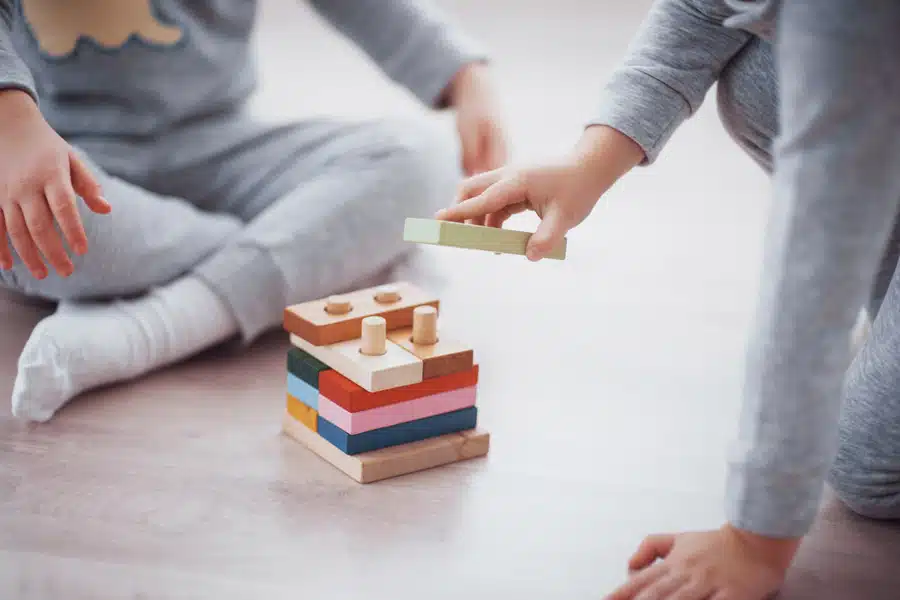Although pelvic pain is more common from the teenage years onwards, it can also affect children as young as 6 years old. In this article, we discuss the symptoms, causes and management of pelvic pain for children.
What is Pelvic Pain?
Pelvic pain is a generalised ache or sharp stabbing pain in the pelvic region and can be quite distressing for both the child and their parents. It will often initially commence sporadically and then can become more frequent in its occurrence. It is common for all medical investigations to be clear, but pelvic pain persists. This is because pelvic pain can’t be seen on a scan or a blood test. It is a problem in the pelvic muscles and the nervous system, and requires a specialised pelvic Physiotherapy assessment to diagnose it.

What are Symptoms of Pelvic Pain in Children?
Symptoms can vary from mild, moderate to severe, depending on the cause of the pelvic pain and the duration of symptoms.
Symptoms can include:
- Sharp, stabbing vaginal pain
- Sharp, stabbing rectal pain
- Vaginal spasms
- Rectal spasms
- Generalised aching in the pelvis
- Lower abdominal pain and discomfort
- Urinary frequency or urgency
- Pain with emptying bladder or bowel
It will often initially commence sporadically and then can become more frequent in its occurrence.
The children we have seen at Sydney Pelvic Clinic report experiencing sharp, stabbing vaginal or rectal pains, spasms or aching in the pelvis. It is common these symptoms occur at the end of the day, or overnight. At times pelvic pain can wake children up, and often they find relief with heat or a warm bath. Episodes of pelvic pain in children may also involve bladder or bowel changes, such as urinary frequency/urgency or pain with opening their bowels. These symptoms are commonly experienced in young dancers, gymnasts and athletes.
What are the Common Causes of Pelvic Pain in Children?
- Pelvic floor muscle tension
- Abdominal muscle tension
- Musculoskeletal imbalances
- Constipation
- Stress/anxiety
Management of Pelvic Pain in Children
Pain should always be fully investigated to ensure there are no underlying systemic issues causing the pain. When these have been excluded, it is important to properly assess and manage the pelvic pain to avoid these symptoms from becoming chronic. Our Physiotherapists can appropriately assess and teach strategies in order to manage these symptoms.
Treatment may include a combination of education, manual therapy, exercises, bladder and bowel training, diet and lifestyle changes. Internal pelvic examinations are not performed on children, however real-time ultrasound or EMG may be used to assist with pelvic floor muscle biofeedback.

